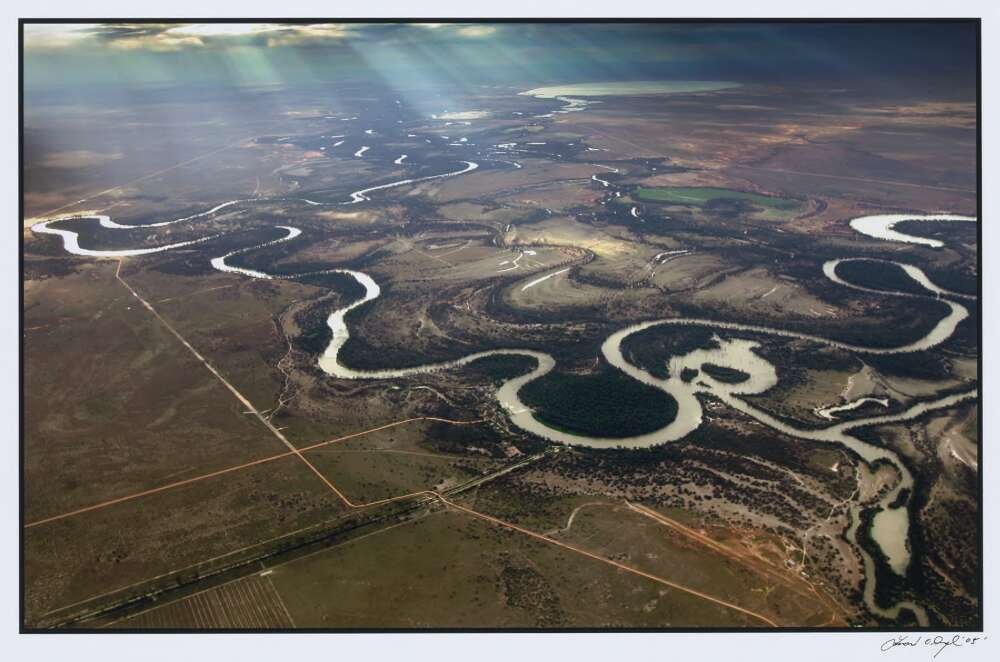
Can I find information about extreme climate events in Australian newspapers?
Yes. You can use Trove to search for information about extreme climate events in historic Australian newspapers. See the Searching for weather and climate part of this guide for advice on how to do this. You can also find information about more recent extreme weather events via databases like NewsBank accessed through the Library’s eResources portal. The portal contains subscribed databases, most of which are accessible from home using your Library login. The Library’s collection also contains hardcopy Australian newspapers.
Where can I find materials for children about nature, weather and climate change?
The Library’s Digital Classroom provides a range of educational resources, including a segment about Australia’s wild weird wonderful weather. The Library’s catalogue subject headings also allow you to search for material suitable for children. Choose the subject heading ‘Juvenile’.

Does the Library hold aerial photographs and historic maps of coastal areas in Australia and the Pacific?
Yes, the Library’s collection includes aerial photographs and historic maps of coastal areas in Australia and some from the wider region. Use your key words or search terms the catalogue’s basic search function. Once you have run your search select ‘Maps’ from the filters on the right-hand side of the page. Geoscience Australia also have a range of archival aerial photographs available for order.
Ships logs can be used as a source for historical climate observations. Does the Library’s collection include any such logs?
Yes, the Library holds a variety of ships logs. To find them, browse the subject heading ‘Logbooks’ in the Library’s catalogue. To do this, visit the catalogue, change the drop-down menu to ‘Subjects’ and type ‘Logbooks’ into the text search bar. Then choose ‘Logbooks’ from the drop-down menu.
For example: results for Logbooks subject heading search.
